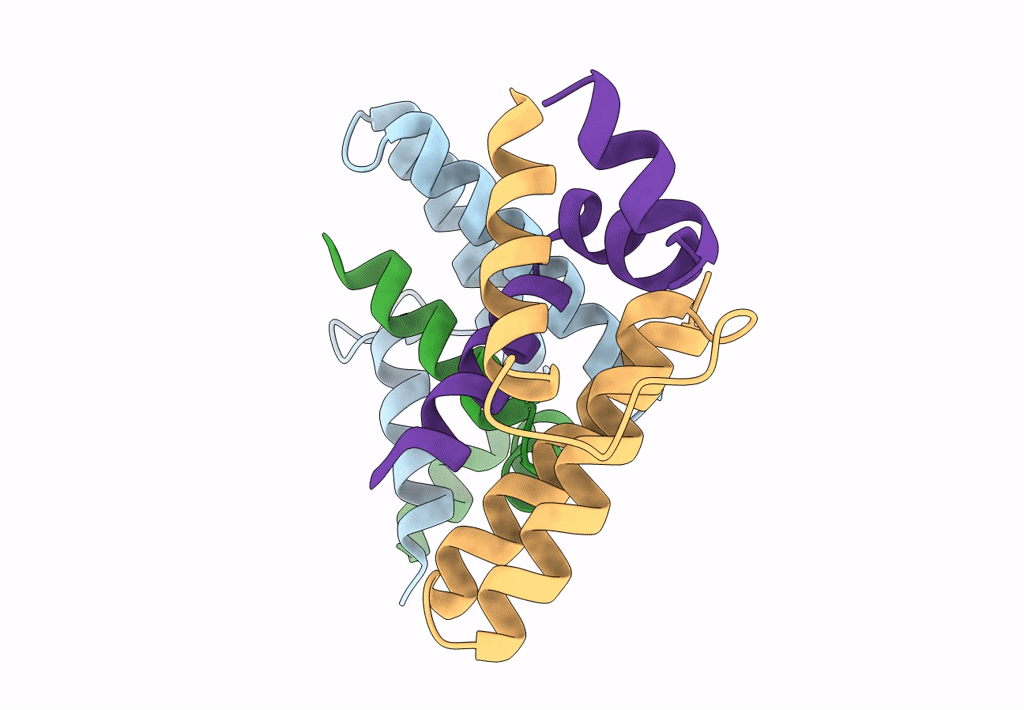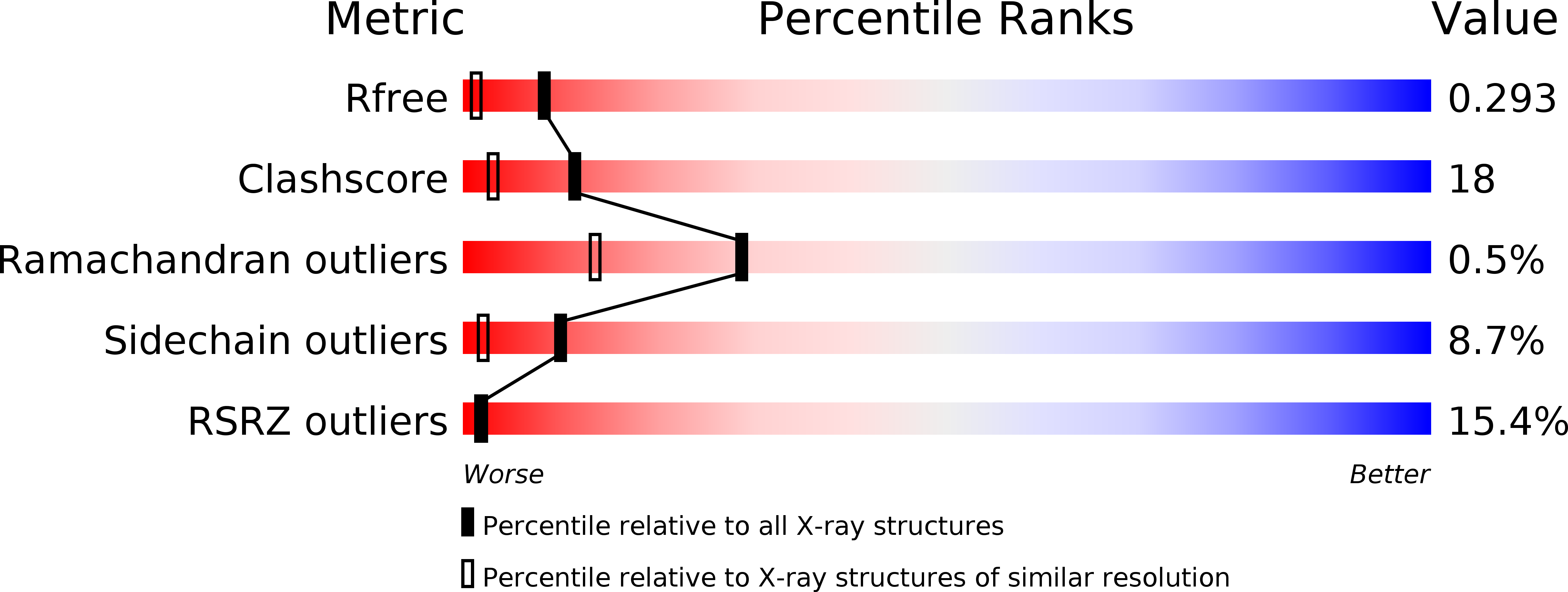
Deposition Date
2009-04-02
Release Date
2009-06-09
Last Version Date
2024-10-23
Entry Detail
PDB ID:
3A1G
Keywords:
Title:
High-Resolution Crystal Structure of RNA polymerase PB1-PB2 subunits from Influenza A Virus
Biological Source:
Source Organism:
Influenza A virus (A/Puerto Rico/8/34(H1N1)) (Taxon ID: 211044)
Host Organism:
Method Details:
Experimental Method:
Resolution:
1.70 Å
R-Value Free:
0.28
R-Value Work:
0.23
R-Value Observed:
0.24
Space Group:
C 1 2 1


